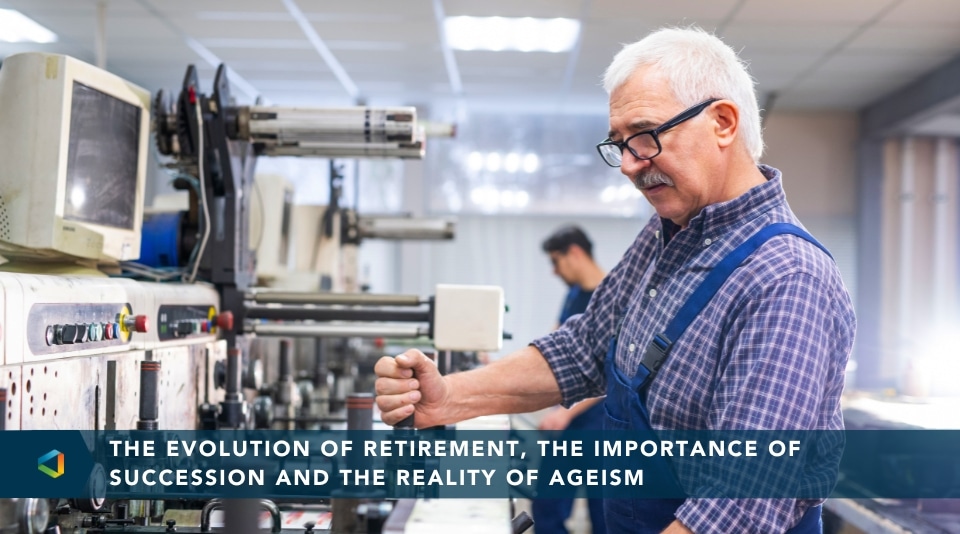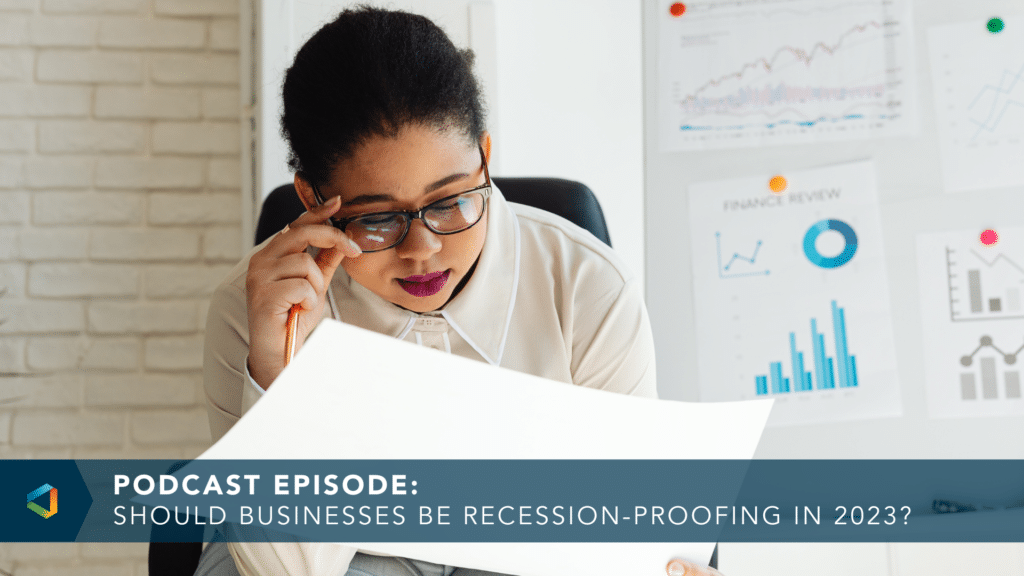Better Benefits, News
OneDigital Leader Featured in SHRM Highlighting Employers’ Role in the Retirement Process
OneDigital Leader Featured in SHRM Highlighting Employers’ Role in the Retirement Process
Approximately 10,000 Baby Boomers are retiring a day and this rate does not appear to be slowing.
As more of the workforce plans for retirement, it’s essential for employers to take an active role in this process to ensure a smooth transition and avoid a brain-drain on the most experienced cohort of the workforce.
Regional Managing Director Sean Nehlsen at OneDigital Cleveland delves into several critical steps employers should consider in supporting older workers as they near retirement. In part one of a three-part series published by SHRM, “Many Older Workers Would Prefer to Ease into Retirement,” he explores a variety of ways to ease the retirement process for both the organization and employees exiting the company, to make the transition a smooth one.
Older workers may be tired of dealing with their current level of responsibility and are looking for less-stressful roles or roles that are project-based, where their schedules can be more flexible. Phased retirements also can allow time for older workers to share their knowledge with other employees. When employees announce that they're ready to retire, it's too late to do any transfer of knowledge, which is why forward-looking organizations are more likely than others to offer phased retirement opportunities.
To accommodate part-time workers, including older employees who shift to part-time work, employers offer group health plan coverage to anyone working at least 25 hours per week. That's quite a bit lower than the ACA's mandate that, of employees working an average of at least 30 hours per week, most must be offered health benefits (if the employer has 50 or more full-time or equivalent employees).
— Sean Nehlsen, Regional Managing Director, OneDigital Cleveland
Read the full SHRM article here.




